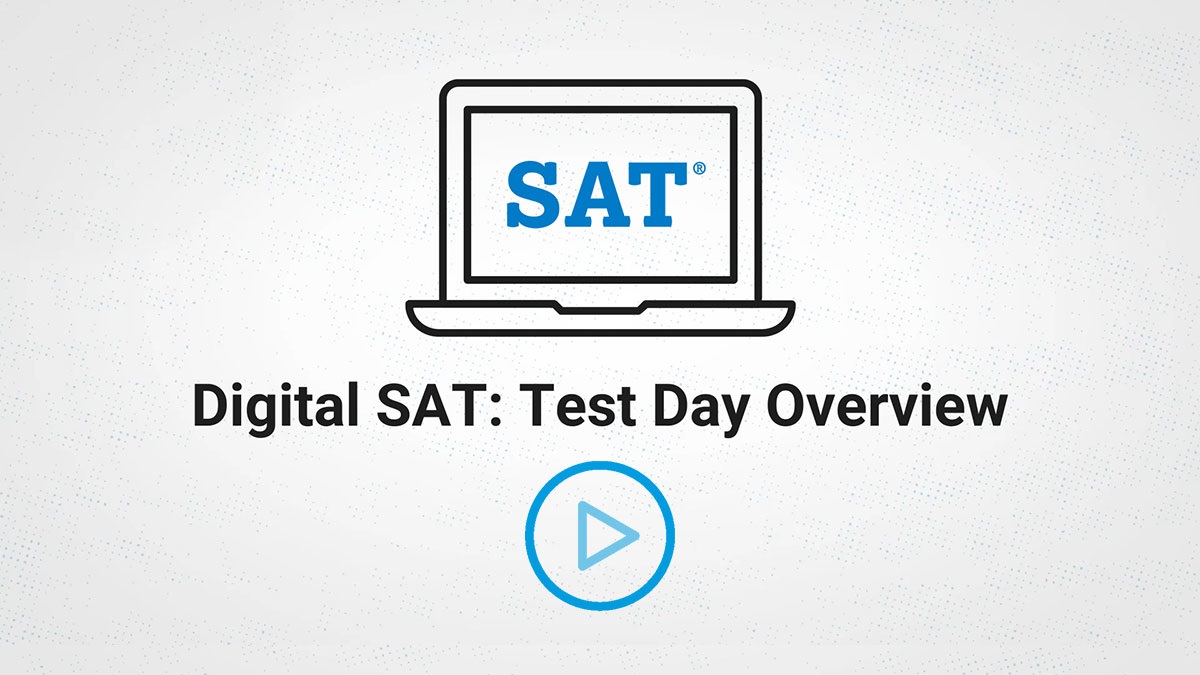Digital SAT Suite of Assessments
SAT Weekend Testing Staff
Thank you for providing students the opportunity to take the digital SAT. Use the information on this page to begin planning for a successful SAT Weekend test administration.
Test Day Readiness at a Glance
Test Day Readiness: Get Started

Training
We created short, self-guided training modules to introduce procedures for test center planning, test day protocols, Test Day Toolkit, and technology. Training is required for all staff each administration year. Experienced staff may bypass familiar topics by completing a knowledge check. Once linked to the administration, we'll confirm if additional training is needed or if past training meets requirements.
Resources
The password to access documents on this page is the same for all PDF downloads that require one. It can be found in the latest email from College Board. You can access most resources without a password in the training platform. Sign in using your College Board account.
Conversation Guides
Frequently Asked Questions
Have questions about technology, staffing, or other topics affecting SAT testing staff?
Dates and Deadlines
-
2025
Registration Deadline for August SAT
-
2025
Late Registration Deadline for August SAT
-
2025
-
2025
August SAT Score Release
Contact Us
For questions regarding test administration, loaned devices, Test Day Toolkit, issues with the Bluebook testing app, setting up managed devices, or any other technical assistance, call 877-348-5728 (United States) or +1 212-307-9731 (international). In addition to regular weekday hours, we are open for extended overnight hours the entire week before the test.
